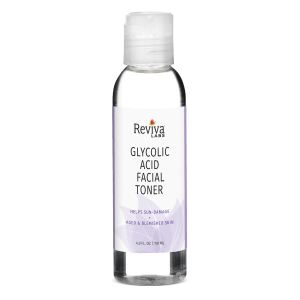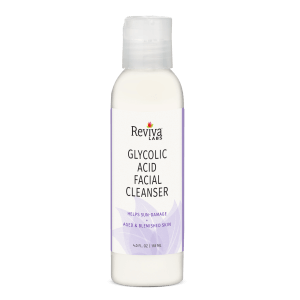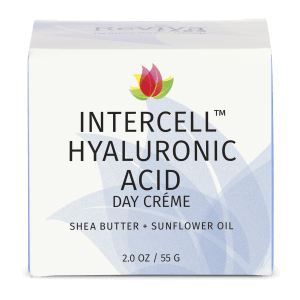Ingredients, Reviva Labs, Skin Care
The Science Behind Skin pH and Its Impact on Your Complexion
Your skin is more than just a barrier—it’s a complex ecosystem governed by a delicate balance of factors, one of the most crucial being pH. While many focus on hydration, exfoliation, or anti-aging ingredients, the fundamental key to a healthy, glowing complexion is maintaining the right pH balance. But what exactly is skin pH, and why does it matter?
Understanding Skin pH
Your skin’s pH refers to how acidic or alkaline it is on a scale from 0 to 14, with 7 being neutral. Healthy skin typically falls between 4.5 and 5.5, making it slightly acidic. This acidity is crucial in maintaining the skin’s microbiome, preventing irritation, and supporting the natural barrier function.
At this pH level, your skin’s protective acid mantle—a thin film composed of sebum, amino acids, and sweat—helps to ward off harmful bacteria, pollution, and other environmental aggressors. When this delicate balance is disrupted, it can lead to breakouts, dryness, sensitivity, and premature aging.
How pH Affects Different Skin Types
1. Dry and Sensitive Skin: When the skin becomes too alkaline (above 6.0), it struggles to retain moisture and becomes prone to irritation. Many people with sensitive or dry skin unknowingly use products that strip their natural oils, leading to inflammation and a compromised barrier.
2. Oily and Acne-Prone Skin: If the skin is too acidic (below 4.5), it can become overactive, producing excess oil that clogs pores. This imbalance creates an environment for acne-causing bacteria, leading to frequent breakouts.
3. Mature Skin: As we age, our skin’s pH naturally shifts toward the alkaline side. This change weakens the acid mantle, reducing the skin’s ability to fight off oxidative stress and environmental damage. This can result in fine lines, dullness, and decreased elasticity.
Factors That Disrupt Skin pH
Your skin’s pH isn’t static—it fluctuates based on internal and external influences. Here are some common culprits that throw it off balance:
Harsh Cleansers and Soaps
Traditional bar soaps and some foaming cleansers have a pH of 9 or higher, which can strip your skin of essential lipids and proteins. This can leave your skin feeling tight, dry, and more vulnerable to irritation.
Over-Exfoliation
While exfoliation is essential for removing dead skin cells, excessive use of acids like glycolic, salicylic, and lactic acids can lower skin pH too much. Over time, this disrupts the microbiome and leads to increased sensitivity.
Hard Water
Water with high mineral content can be slightly alkaline, which may alter the skin’s pH over time. If you notice that your skin feels dry or irritated after washing, it could be due to the pH of your tap water.
Environmental Stressors
Pollution, UV exposure, and fluctuating temperatures all impact your skin’s pH. Free radicals generated by environmental stressors can damage the acid mantle, making your skin more susceptible to premature aging.
Poor Diet
What you eat affects your skin’s pH. Diets high in processed foods, sugar, and dairy can contribute to inflammation and disrupt the balance of your skin. Foods rich in antioxidants, vitamins, and essential fatty acids help maintain a healthy pH.
How to Restore and Maintain Optimal Skin pH
The good news is that your skin is resilient. With the right products and habits, you can restore and maintain its ideal pH balance.
Use pH-Balanced Cleansers
Choose cleansers that are formulated to match your skin’s natural acidity. Look for gentle, sulfate-free options with a pH between 4.5 and 5.5. Reviva Labs offers pH-friendly cleansers, like the Glycolic Acid Facial Cleanser, which not only cleanses but also lightly exfoliates without stripping essential moisture.
Incorporate a Balancing Toner
Toners help reset your skin’s pH after cleansing. Reviva’s Glycolic Acid Facial Toner is designed to remove impurities while maintaining the skin’s acid mantle, making it an excellent addition to your skincare routine.
Moisturize with Barrier-Strengthening Ingredients
Hydrators containing hyaluronic acid, ceramides, and aloe vera support your skin’s protective barrier. Reviva’s InterCell™ Hyaluronic Acid Day Crème works with your skin’s natural moisture levels to maintain pH balance while keeping skin hydrated and plump.
Avoid Alkaline Soaps
Check the ingredients in your face wash and body soap. If a cleanser makes your skin feel tight or squeaky clean, it may be too alkaline. Instead, opt for mild, pH-friendly cleansers with natural oils and humectants.
Protect Your Skin from Environmental Damage
Daily SPF use is non-negotiable. UV exposure can increase skin pH, weaken the acid mantle, and accelerate aging. Using a broad-spectrum SPF 30 moisturizer not only prevents sun damage but also keeps skin pH stable.
Exfoliate with Caution
If using chemical exfoliants like glycolic acid or lactic acid, limit their use to 2-3 times per week to prevent excessive pH disruption. Reviva’s 10% Glycolic Acid Crème provides gentle exfoliation while maintaining hydration.
Eat an Alkaline-Rich Diet
Incorporate more leafy greens, berries, nuts, and omega-rich foods into your diet to support your skin from within. Staying hydrated and reducing processed foods will also contribute to a balanced pH.
The Role of the Skin Microbiome
Your skin is home to billions of microorganisms, including bacteria, fungi, and yeasts, collectively known as the microbiome. A well-balanced microbiome thrives at an optimal pH and plays a crucial role in preventing breakouts, reducing inflammation, and maintaining hydration.
Using probiotic-infused skincare, fermented extracts, and microbiome-friendly products can help restore balance. Avoiding harsh antibacterial soaps and alcohol-heavy products will also prevent unnecessary damage to your skin’s flora.
Final Thoughts
Maintaining your skin’s pH balance is the foundation of a radiant, resilient complexion. Small changes—like switching to a gentle cleanser, using a pH-balancing toner, and moisturizing with skin-supporting ingredients—can make a significant difference in the way your skin looks and feels.
By being mindful of the factors that disrupt pH and making informed skincare choices, you can protect your acid mantle, support your microbiome, and enjoy healthier, more youthful skin for years to come.
If you’re looking for skincare formulated with your skin’s natural balance in mind, explore Reviva Labs’ range of pH-friendly and science-backed skincare solutions.










